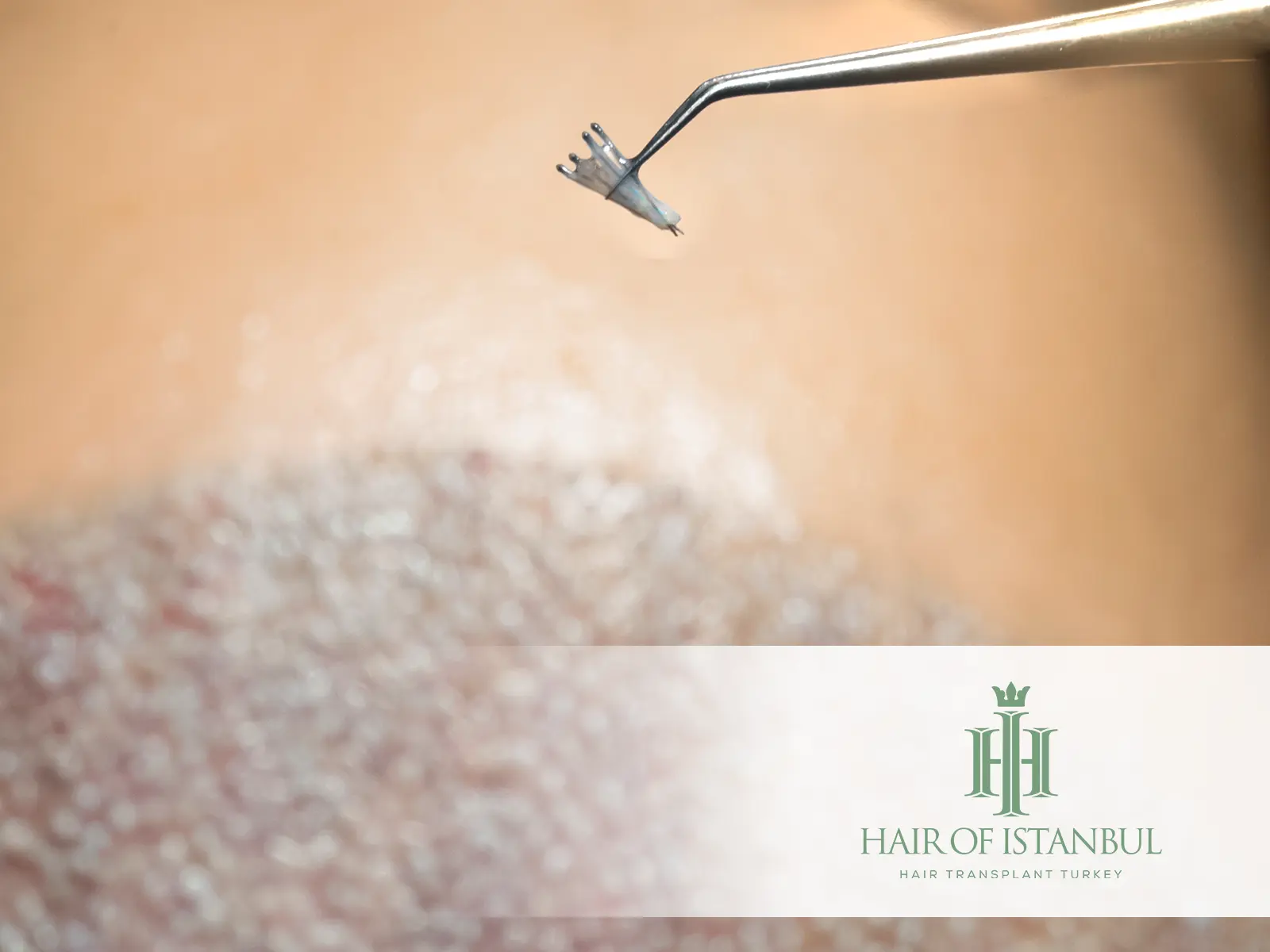
Pre-Hair Transplant Follicle Analysis: The First Step Toward a Successful Procedure
Before undergoing any hair restoration procedure, one of the most important steps is a detailed pre hair transplant follicle analysis. This initial evaluation allows surgeons to understand each patient’s scalp condition, donor capacity, and hair characteristics — all critical elements that determine how natural and durable the final results will be. A precise analysis not only improves graft survival but also helps design a personalized surgical plan tailored to your unique pattern of hair loss.
What Is a Pre Hair Transplant Follicle Analysis?
In simple terms, follicle analysis is a diagnostic assessment that measures the quality, quantity, and density of existing hair follicles before surgery. During the pre hair transplant follicle analysis, specialists evaluate the donor and recipient areas using advanced imaging systems, trichoscopy, and sometimes AI-assisted scalp mapping. This process provides detailed data on follicular health, hair thickness, and direction of growth.
Clinics such as Hair of Istanbul use these findings to predict graft survival rates and plan the number of follicles to extract without harming the donor zone. It’s a step that distinguishes expert medical centers from low-standard operations, where lack of analysis often leads to overharvesting or poor density distribution.
Why Follicle Analysis Is Crucial
Many patients mistakenly believe that a hair transplant is only about the number of grafts. In reality, follicular quality matters more than quantity. A comprehensive pre hair transplant follicle analysis helps the surgeon understand the health of the donor region — typically located on the back and sides of the scalp — and ensures it can provide enough viable follicles to cover bald areas.
This analysis also identifies miniaturized or weak follicles, which are unsuitable for transplantation. By isolating only healthy grafts, surgeons increase the success rate and achieve consistent density. Understanding follicular direction and curl is equally essential, as it allows precise angling during implantation — the key factor behind a natural appearance.
Technologies Used in Follicle Analysis
Modern clinics integrate digital microscopy, trichoscopy, and AI-based diagnostic software to enhance precision. These tools magnify the scalp up to 100 times, providing a clear view of follicular units. Data such as density per square centimeter, average hair shaft diameter, and follicular group composition guide the surgical plan. At advanced centers, these measurements are combined with digital simulations to predict post-transplant appearance.
According to scientific reports from PubMed Central, preoperative trichoscopic evaluation significantly reduces the risk of complications by ensuring appropriate graft selection and even distribution — a practice that supports long-term graft survival.
How Surgeons Use the Results
Following the pre hair transplant follicle analysis, the medical team interprets the data to design a balanced plan. This includes estimating the total number of grafts, choosing the extraction method, and setting implantation angles. For example, in patients with dense donor areas, the FUE technique may be preferred for its minimal invasiveness. Meanwhile, those with delicate or curly follicles may benefit from the DHI technique, which allows more control over direction and density.
Accurate preoperative analysis also helps avoid common issues such as overextraction, low survival rates, or unnatural graft angles. When surgeons have a clear map of follicular strength, they can preserve the donor area while maximizing visual coverage on the scalp.
Patient Benefits of Follicle Analysis
From the patient’s perspective, a proper pre hair transplant follicle analysis offers reassurance and transparency. It helps you understand how many grafts are truly needed, what density can be achieved, and what kind of final appearance to expect. Patients also receive personalized advice on preoperative preparation, such as nutrition, medication adjustments, and scalp care before surgery.
This stage also plays a psychological role. By visualizing their potential outcome through computer-assisted simulations, patients feel more confident about proceeding with the operation. It bridges the gap between expectations and realistic medical results — one of the core principles followed by the medical team at Hair of Istanbul.
Link Between Follicle Analysis and Natural Results
Every successful hair transplant begins with data. The pre hair transplant follicle analysis ensures that each step — from extraction to implantation — is customized for your scalp. Natural results depend on harmony: consistent density, correct hairline design, and natural direction of growth. When follicular data guides these factors, the result is indistinguishable from naturally grown hair.
Furthermore, the analysis helps surgeons plan future sessions, ensuring that the donor area remains sustainable for years to come. Patients with progressive hair loss benefit most from this forward-thinking approach, as it prevents visible thinning later on.
Preparing for Your Follicle Analysis
Before your diagnostic appointment, avoid topical concealers, heavy gels, or scalp-irritating shampoos. These can obscure accurate imaging results. Wash your hair gently the day before, and inform your surgeon about any ongoing treatments or supplements. The after care team will also guide you through post-analysis recommendations and preoperative scalp preparation if surgery is scheduled.
Conclusion
A thorough pre hair transplant follicle analysis is the foundation of every safe and successful hair restoration procedure. It ensures realistic planning, optimizes graft survival, and allows surgeons to achieve balanced, natural results. By combining data-driven diagnostics with artistic precision, modern clinics like Hair of Istanbul redefine what’s possible in hair restoration. If you are considering a procedure, request a professional follicle analysis before making any decisions — it’s the smartest step toward lasting confidence and authentic results.
 en
en  TR
TR  SK
SK  ITA
ITA  FR
FR  DE
DE  ES
ES  BG
BG